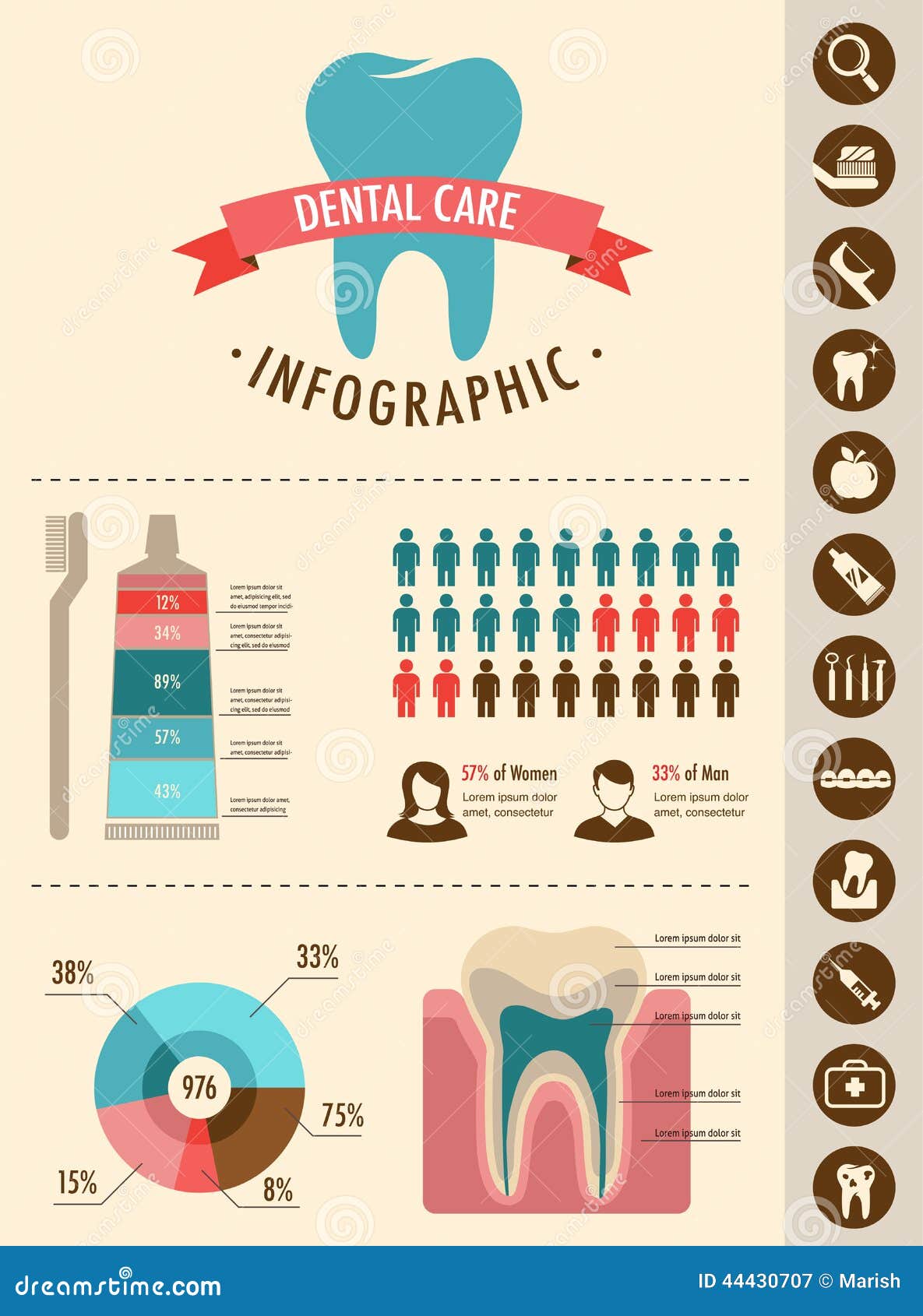Remain Prepared For Unexpected Dental Emergencies By Having The Ability To Determine The Signs Of Injury And Understanding When It Is Required To Seek Urgent Clinical Assistance
Remain Prepared For Unexpected Dental Emergencies By Having The Ability To Determine The Signs Of Injury And Understanding When It Is Required To Seek Urgent Clinical Assistance
Blog Article
Content Writer-Hanley Sonne
If you feel an abrupt shock of pain or observe a tooth injury, it can be distressing. Yet how do you figure out if it's an oral emergency situation that requires prompt interest? Comprehending the critical signs and understanding when to look for assistance can make all the distinction in preserving your dental wellness. Knowing when to act swiftly might indicate the distinction between a quick fix and extra comprehensive treatment.
Common Kind Of Dental Injury
What're the common types of oral injury that you should understand?
https://www.forbes.com/sites/forbes-personal-shopper/article/best-teeth-whitening-kits/ can take place, bring about various kinds of oral injuries. One usual sort of dental trauma is a fractured tooth. This can occur from attacking down on something hard or experiencing a blow to the face.
Another kind is a busted tooth, where a part of the tooth can chip off. Furthermore, you might experience a knocked-out tooth, which can take place throughout sports or drops. It's important to deal with the tooth very carefully and look for instant oral focus.
Oral trauma can likewise involve a tooth that has actually been pushed out of setting or loosened due to an injury. This type of injury calls for timely treatment to conserve the tooth.
Lastly, soft tissue injuries in the mouth, such as cuts, can likewise occur from crashes. Knowing about these typical types of oral trauma can aid you act quickly and properly in case of an emergency situation.
Signs of Dental Emergency Situations
Acknowledging the indicators of dental emergency situations is crucial for punctual activity and correct treatment. If you experience serious tooth pain that's constant and pain, it could suggest a hidden concern that needs prompt attention.
Swelling in the periodontals, face, or jaw can additionally suggest an oral emergency situation, particularly if it's accompanied by pain or fever. Any type of injury to the mouth leading to a fractured, damaged, or knocked-out tooth ought to be treated as an emergency to stop further damage and prospective infection.
Bleeding from the mouth that doesn't quit after applying pressure for a couple of minutes is an additional red flag that you ought to look for emergency situation oral care. In addition, if you discover any type of indicators of infection such as pus, a nasty taste in your mouth, or a fever, it's essential to see a dental practitioner asap.
Neglecting these signs can bring about a lot more serious complications, so it's crucial to act promptly when faced with a prospective oral emergency situation.
Value of Immediate Therapy
Motivate activity and instant therapy are important in dealing with dental emergencies to prevent additional problems and make certain optimum end results for your oral health and wellness.
When confronted with an oral emergency situation, such as a knocked-out tooth or extreme toothache, looking for immediate treatment can make a significant difference in conserving your tooth and minimizing discomfort. Delaying therapy can result in infection, enhanced pain, and even long-term damage to your teeth and periodontals.
By seeking emergency oral care promptly, you enhance the chances of successful treatment and repair. Dentists have the essential abilities and equipment to resolve emergencies effectively, reducing the threat of long-term effects.
Additionally, prompt treatment can assist take care of discomfort and pain, allowing you to resume your day-to-day activities without interruption.
Conclusion
In conclusion, understanding dental injury and recognizing when to seek first aid is critical for keeping oral wellness.
By identifying usual types of oral injuries and the signs of dental emergencies, you can make certain timely care to prevent further damage and issues.
Remember, looking for prompt treatment can save teeth, minimize discomfort, and raise the opportunities of successful recovery.
Don't hesitate to look for help from an oral expert if you experience any type of signs of oral trauma.
